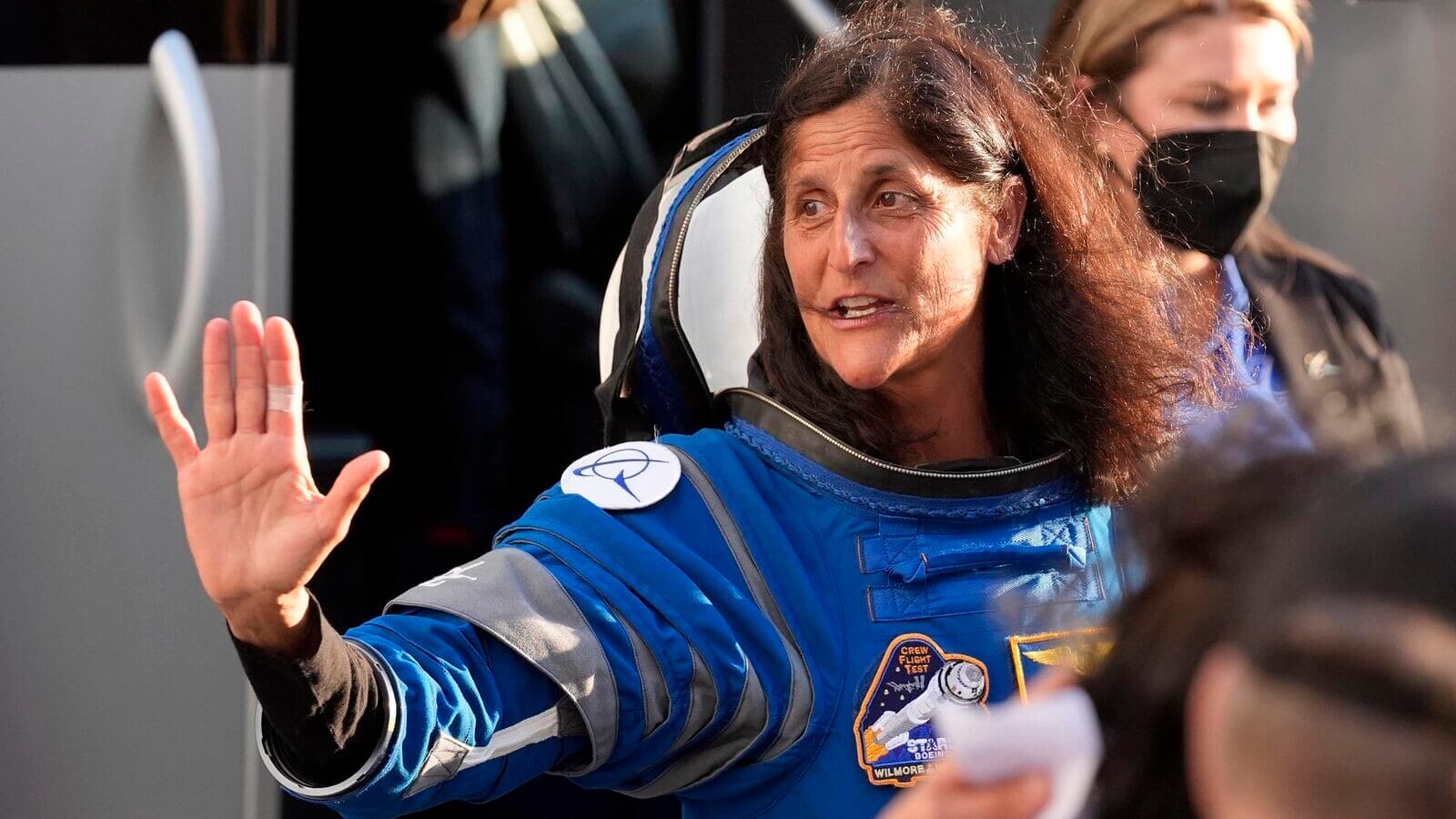
Stuck in space, Sunita Williams undergoes NASA's hearing test
What's the story
NASA astronaut Sunita Williams, who is stranded on the International Space Station, underwent a standard hearing test yesterday, as confirmed by the US space agency. The procedure was part of regular health check-ups conducted on astronauts, to assess the effects of microgravity on their bodies and monitor their overall well-being. This comes amid ongoing uncertainty regarding the return of Boeing's Starliner spacecraft to Earth.
Health monitoring
Williams and Wilmore participate in routine health assessments
Williams, along with her colleague Butch Wilmore, participated in the hearing test. Earlier this month, Williams's eyes were scanned using standard medical imaging equipment. Vision problems are a common occurrence among astronauts due to long-duration spaceflights. NASA's research indicates that microgravity can change the eye's shape, leading to conditions like Spaceflight-Associated Neuro-ocular Syndrome (SANS) that affects vision.
Vein imaging
Scans monitored by doctors on Earth
In a previous update, NASA revealed that Williams and Wilmore had their veins scanned using the Ultrasound 2 device. The astronauts alternated in imaging each other's neck, shoulder, and leg veins while doctors on Earth observed the process in real-time. This is part of routine health assessments conducted to monitor potential risks like hearing loss or vision impairment during extended stays in space.
Extended mission
Williams and Wilmore's historic journey
Williams and Wilmore embarked on their space journey aboard Boeing's Starliner on June 5. They made history as the first people to travel on this spacecraft for NASA and Boeing's Crew Flight Test (CFT) mission. Originally scheduled to return by mid-June, their mission has been extended due to thruster anomalies, software issues, and helium leaks in the Starliner spacecraft.
Return plan
NASA considers alternative return strategies
NASA and Boeing are prioritizing the safe return of the two astronauts on Starliner, but are also considering other options if Starliner is deemed unfit for the journey back. One such alternative is to bring them back on a SpaceX Dragon spacecraft in 2025. During their extended stay, Williams and Wilmore have been actively involved in various scientific studies and maintenance tasks aboard the ISS.